Your first pet snake- the best choices
In another one of my recent blogs, I shared with you my thoughts on which lizards make for good pets for people considering their first reptile. If you missed that blog, you can read it here. In this blog, I want to focus on their legless reptilian cousin- the snake.
There are a number snake species which are easy to handle, are relatively docile and don’t grow to viral-video size- therefore they don’t require enormous amounts of space. These are just some of the traits that make them excellent pets for the budding herpetologist.
The snakes I have chosen to put on this list are terrific for a wide variety of reasons.In no particular order:
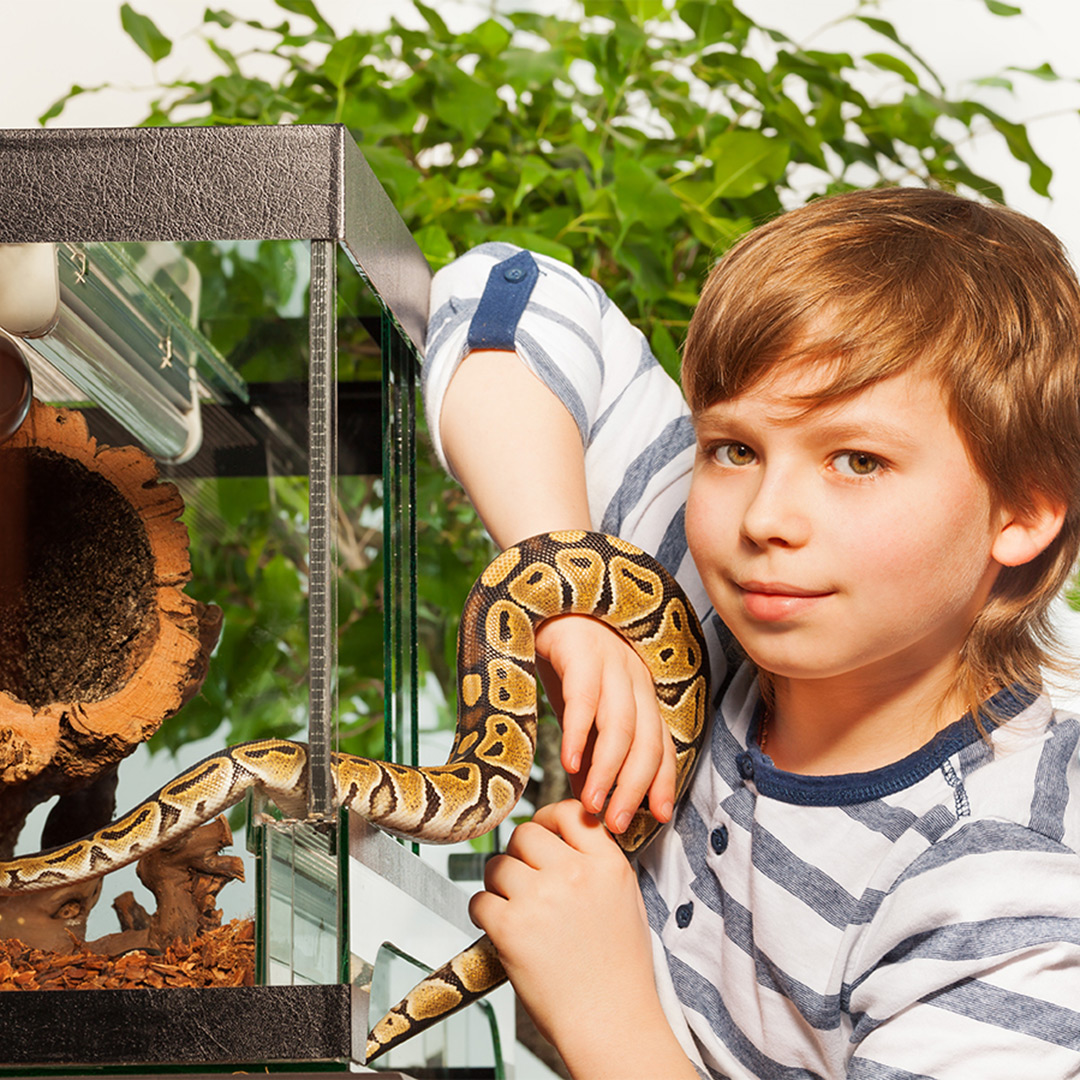
Hardiness
All of these snakes require proper care and, under optimal conditions, are great pets. The ones appearing on this list can be a little more tolerant of inconsistent temperatures or issues related to their husbandry. This does not mean that they can be neglected, but will be a little more forgiving if you have a memory lapse in their care for a day or so.
Cost
Usually the snakes on this list can be found for a reasonable cost, often less than $100 for the snake itself for more common snakes. Of course, certain morphs or color variants can be rare, driving prices to hundreds, if not thousands of dollars. I recommend starting with a small investment until one gets the hang of providing proper care and husbandry.
Temperament
Snakes are fun to look at in their habitat, but it’s always more fun to be able to take them out and handle them from time to time.The snakes on this list all require a modicum of caution to handle, but with the proper conditions are all relatively easy to tame and handle over time.
Feeding
The majority of snakes found here are relatively easy to feed, and their staple diets are readily available.Snakes are just like all other living creatures, and from time to time may go off of their feed for days or sometimes weeks- but these snakes are generally less prone to doing so for long periods of time.
Remember that these snakes are carnivores. That means their food is meat. Not the type of meat that humans eat, but the kind that snakes eat. That includes mice and potentially other small mammals, lizards, and birds. I’ll discuss diet and prey for snakes in a different blog- but if you’re not up to having mice around- and potentially feeding them, too- then a snake is probably not for you.Don’t forget about when you may be away from home. Who will feed your slithering pet? Lots of things to consider.
Size
None of the snakes on this list will exceed 7 to 8 feet in length on average. This is an ideal size, which means they don’t need huge enclosures which are more difficult to manage and clean. It also means that they’re easier to handle and won’t freak out your dinner guests.
What to look for in a healthy snake:
Shiny, smooth skin
Firm, rounded body
The inside of their mouth should be uniform in color, usually pink
Clean vent (where they eliminate)- with no swelling or discoloration
Clear eyes. Eyes may show cloudiness if shedding is about to take place.
If something doesn’t look right, it probably isn’t. Keep looking.
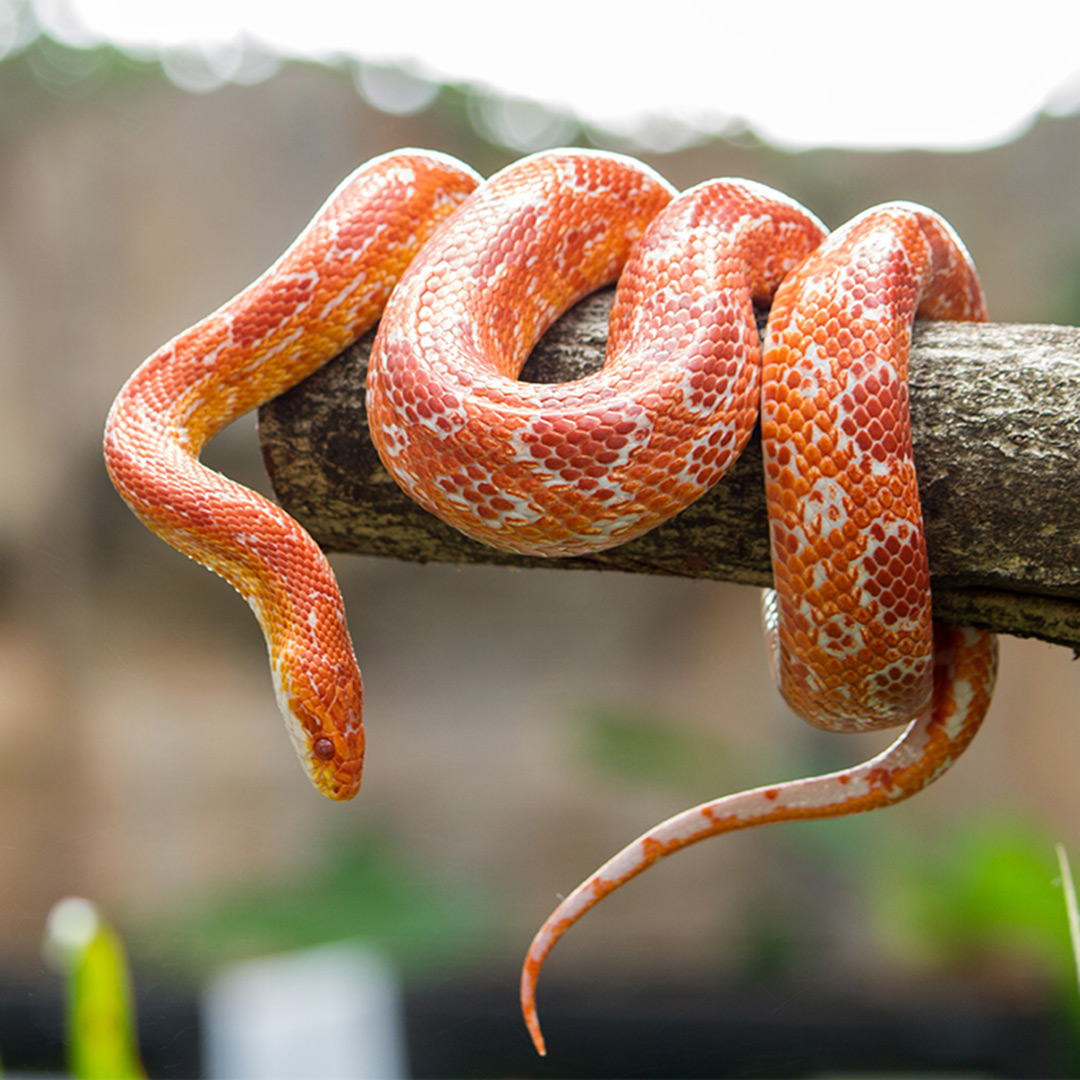
Corn Snake
The corn snake is possibly my favorite snake to recommend to those starting out as snake keepers. They’re beautiful
creatures and have a variety of colors and patterns. Mature corn snakes are like Mama Bear’s porridge- not too big, not too small- they’re just the right size to be handled with frequency, but not too big to intimidate your houseguests.
Since they are relatively easy to breed, they are pretty easy to find via breeders and at reptile shows. Corn snakes need a habitat with a temperature gradient ranging from 85F on the warm end down to 75F on the cool end. A tank of at least 20 gallons with a secure lid can suffice, with larger tanks being preferred.
Average Length: 3-5 feet (adult)
Lifespan: 10-20 years
Diet: Rodents (pre-killed)
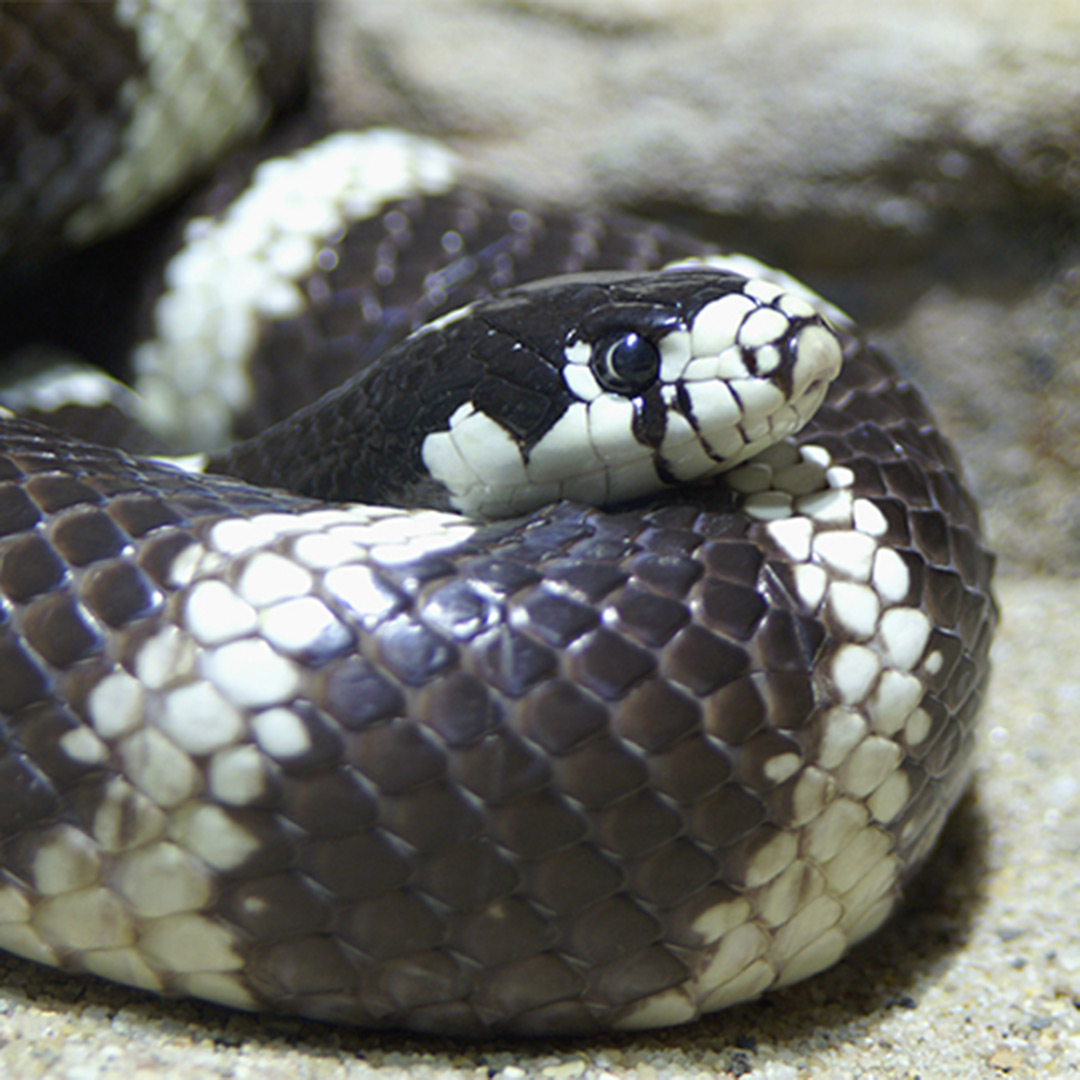
Kingsnakes and Milksnakes
The kingsnake and the milksnake are pretty closely related. They actually both belong to the same genus in the animal kingdom- Lampropeltis. Since they’re so closely related, I’ll cover both of them here under the same heading. Although they’re in the same genus, there are a wide variety of species, which can range in size from about 2 feet to as large as 6 feet in length. Their colors can range from black to brightly colored banded oranges, whites and reds. They are often confused in the wild with the venomous coral snake, as some have similar markings and colors.
These creatures are constrictors, and some species have more squeezing power than many boa constrictors. Keep them in their habitat by themselves, as they do not play nicely together, and one will likely kill the other in a small amount of time.
Mature king and milk snakes need their space, requiring a tank measuring around 60 gallons. All snakes are known to test the limits of their cages- but these guys love to try to escape, so an enclosure requires a very secure lid.
Substrate can consist of a wide variety of materials including newspaper, indoor/outdoor carpeting and various types of mulch- with the exception of fragrant mulches like cedar, pine or redwood. Multiple hide boxes are recommended.
Average Length: 2-6 feet, depending on species – most are in the larger range.
Lifespan: 15-20 years
Diet: Rodents (pre-killed)
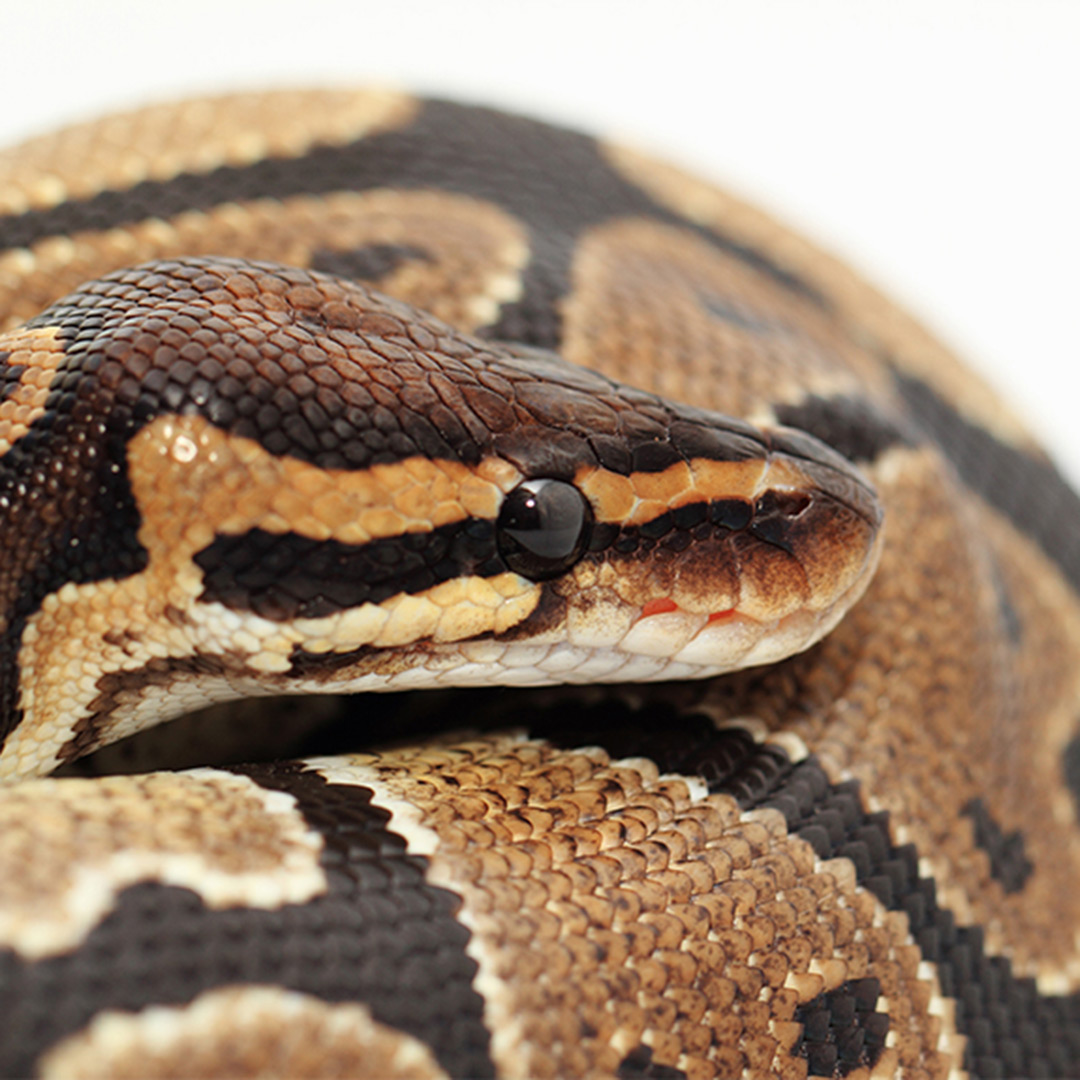
Ball Python
Like the king and milk snakes, the ball python is a constrictor which kills its prey by suffocation.One of the many reasons I like this choice is their maximum size- usually about five feet for females and four feet for males of the species- which is much smaller than other pythons or constrictors that are kept as pets.
The ball python is far and away the most popular of the python species due to their relatively docile nature, ease of care and their variety of color variations and patterns. Since they’ve become so popular, breeders have become more common, allowing for pythons to be readily available for purchase in the marketplace.
Smaller aquariums of 10-20 gallons are appropriate for young ball pythons, but a larger home will be required as the pet matures- and a 30 gallon tank should suffice. Resist the urge to put a juvenile snake in a larger habitat, as smaller snakes in larger cages may become stressed. These snakes are somewhat reclusive, so multiple hide boxes are needed- usually one on each side of their enclosure- one in the warmer area, one in the cooler side. A secure lid is mandatory to prevent escape as these strong snakes are known for being escape artists.
Captive pythons can be fed a diet primarily of pre-killed mice or small rats appropriate for the size of your snake. Rodents should never be larger than the width of the snake’s head.
Average Length: 4’ (males) 5’ (females)
Lifespan: Up to 30 years, with documented captive snakes up to 48 years.
Diet: Rodents (pre-killed)
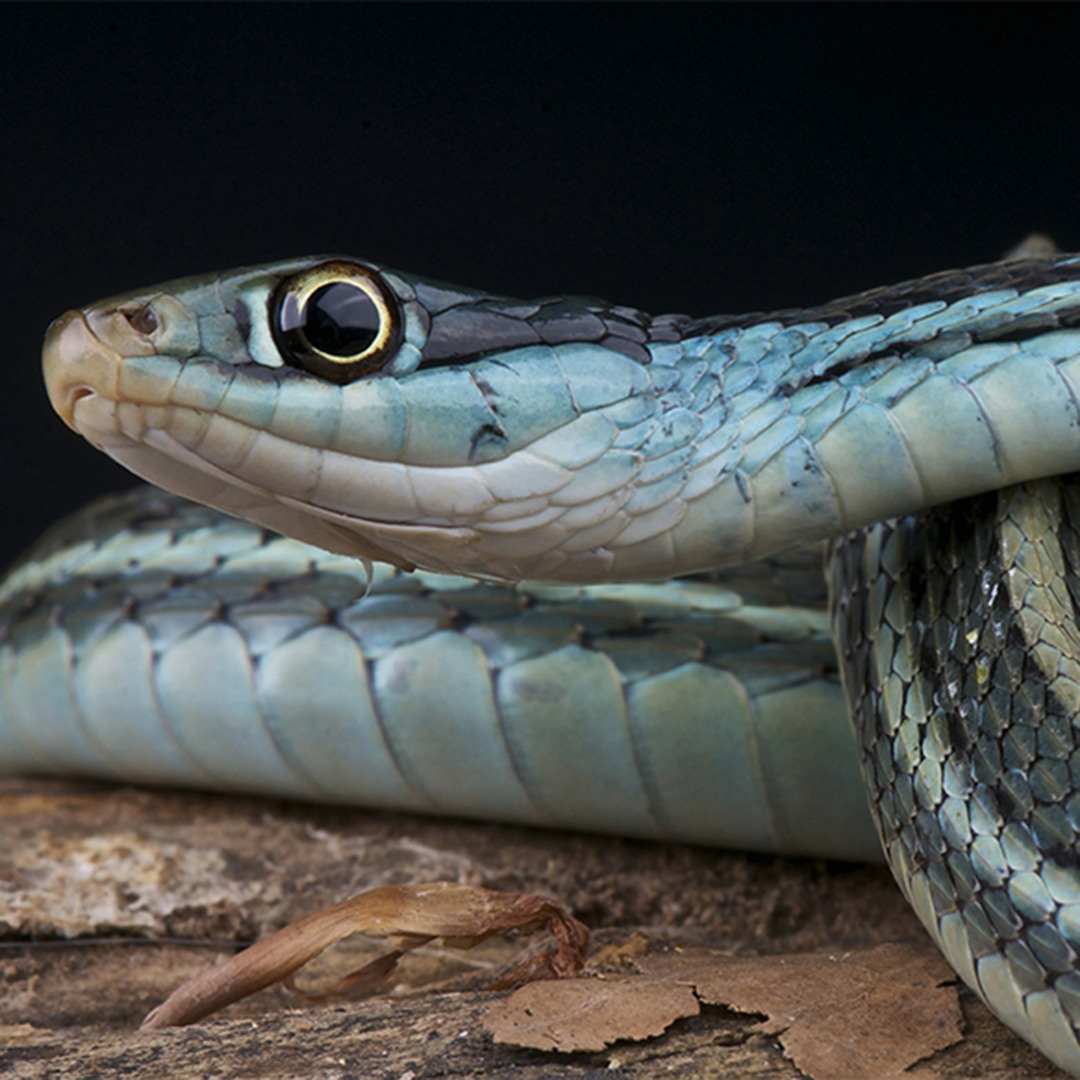
Garter Snake
Yes, the garter snake. Years ago, the garter snake was often dismissed by snake breeders and other enthusiasts as pets. There are dozens of different species and subspecies of garter snakes whose natural territories range from southern Alaska all the way down to Central America. This means there’s lots of variety out there to choose from. Each species is a little different based on their home territory- so understanding their habitat is important when creating the proper living space for them.
They are ground-dwellers, so they don’t require an elaborate living environment with branches and perches to climb. Smaller species grow to around 16” with the largest species growing to 42” or slightly larger. The smaller species can easily thrive in smaller tanks between 10 and 20 gallons, with larger species requiring 30 gallon tanks.
Due to the variety of species available, heating and substrate options will vary widely based on the specific snake- but there’s nothing that is not readily available that would be required. Diet also varies depending on species, but typically consist of mice or other small rodents, fish, amphibians or insects in some species.
Length: 16” to 42” depending on species
Lifespan: 5-10 years depending on species
Diet: rodents, amphibians, fish depending on species
Heating Required: yes
There’s lots of other great snakes out there- so please don’t take offense if I haven’t mentioned one of your favorites here. Some of you may be thinking that I left out the Red Tailed Boa. I love them, and think they’re great too. The biggest downside is their size, with healthy adults growing to an excess of 10’ long. For this reason, the red tailed boa is commonly given away by owners (or released by irresponsible owners).
When you have found your ideal snake for you, let me know here at Tampa Veterinary Hospital. It is important to ensure that your pet is in good health when they make the transition into your home. I can also provide you with answers to any of your husbandry questions during your visit. I hope to see you and your new snake sometime soon!
